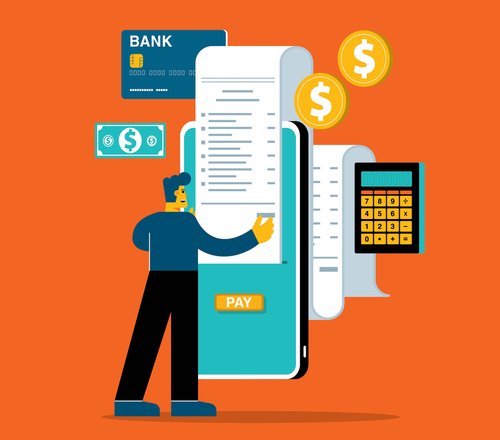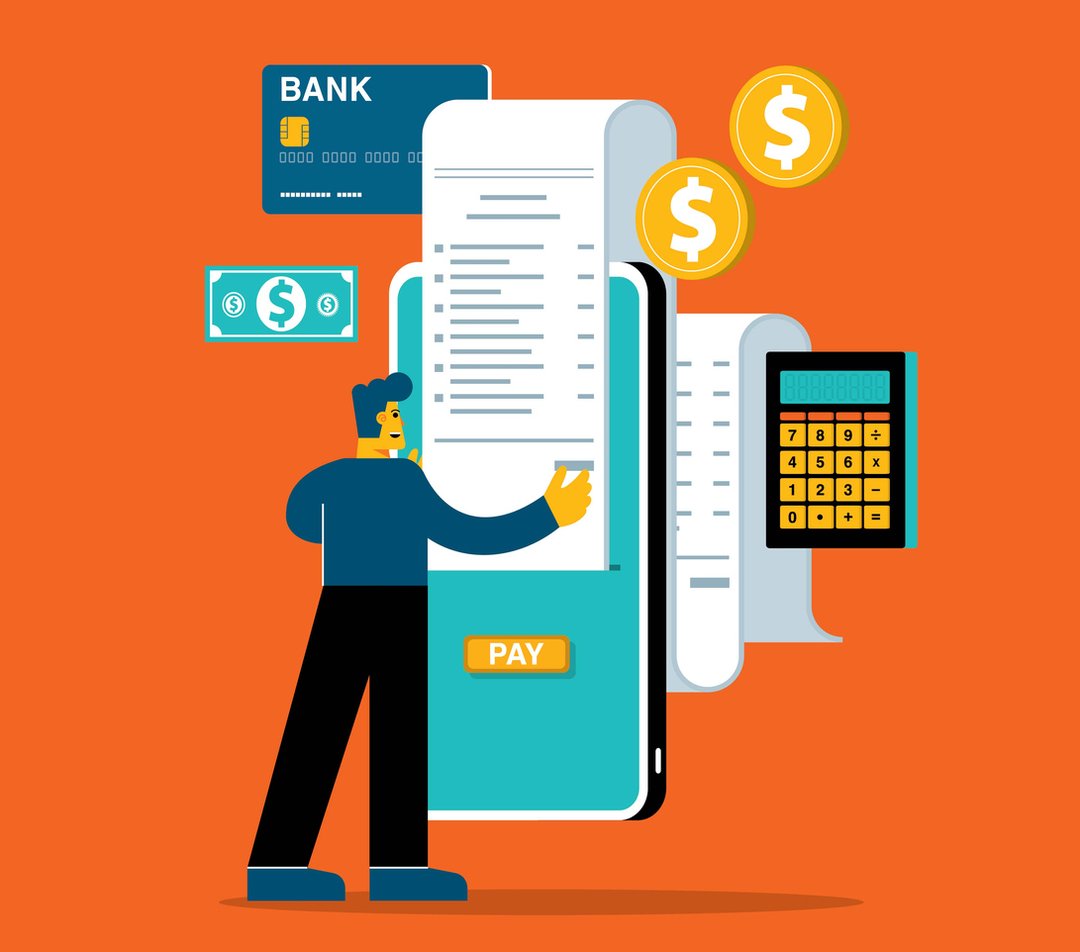
It’s one thing to understand the importance of a budget – it’s another to actually follow a budget. The budget is one of the most basic personal finance tools. It’s a monthly tally of your income and expenses that lets you track where your money is going and be sure your spending and saving match your financial goals. Here’s the basics, and some simple rules to follow.
How should I start making a budget?
As worthwhile as a budget is, there is one problem, the Globe’s personal finance columnist Rob Carrick writes: “Unfortunately, people really don’t like using a budget to track their spending.”

iStock-1432254294.jpg
With that in mind, the first step is to be honest about what kind of budgeting solution will be right for you. Are you a spreadsheet or an app person? Are you likely to stick to regularly checking in with your budget, or are you better off doing a lot of organizing in the beginning to make everything happen automatically?
Financial planner Julia Chung keeps her budget organized using a system with multiple savings accounts that automatically receive transfers on payday. It’s similar to the method Mr. Carrick himself uses. “I have more than a dozen savings accounts at various banks, each labelled for a specific purpose,” he writes. “I have accounts where I gradually put away money for insurance – term life premiums plus car and home – for vacations and home improvement, our next car down payment and, of course, an emergency fund.”
Another factor to think about is math – specifically, whether you are afraid of it. People who are anxious about math often also have issues around finances, says Vanessa Vakharia, founder of the Math Guru, a tutoring studio, and podcast host of Math Therapy. If this sounds like you, she recommends finding a kind, patient person in your life who appears to be comfortable or good with money, and then asking them whether they’d be open to spending some time answering questions about how they budget, manage their money or any other financial topic.
It’s also a good idea to think about your feelings when it comes to money, and be aware that they’re part of the puzzle. “There’s an emotional side to budgeting that isn’t discussed enough,” Mr. Carrick writes. “It can be a bit shaming to be cutting back while your Instagram feed keeps showing you scenes of your friends and family living the lush life.” He suggests being ready with a stock phrase for when they ask why you can’t participate in a certain activity, or are looking for cheaper options, something like “I’m trying get my finances into shape in 2022 and I’m cutting back here and there to make that happen. Thanks for understanding.”
What is a cash-only budget?
Spending with cards, smartphones and strings of numbers across the internet is virtual not only technically. There’s something about it that just doesn’t feel real psychologically, too. And that can sometimes make you spend more than you should.
If this sounds like you, one tool that might help is a cash-only budget. Essentially, this means that you take out cash based on your budget – $75 a week for lunches, say – and that’s all you’re allowed to spend, no cards allowed. Some people use an envelope system for this: Each budget category gets its own envelope, and cash goes into each envelope based on how much you’ve allocated for that category.
Of course, this means being disciplined enough not to pull out the credit cards again when you run out of twenties. But with the right organization (maybe recruit someone to help), this method can be effective.
Mint, Dollarbird vs. YNAB: What are the best budgeting apps?
Budgeting apps can help automate the tracking of your spending and offer a big picture view of how you are doing when it comes to your financial goals. Look for an app that will sync with your bank account and credit cards and has features to help you easily input purchases. Popular options include Mint, Dollarbird and You Need a Budget.
Aashti Vijh of Toronto, for instance, uses the pro version of Dollarbird to help her control her spending. “The actual act of inputting my expenses every day has made me so much more mindful about what I’m spending,” she says. “Compared to other budgeting apps, which link to your bank accounts and categorize your expenses for you, Dollarbird allows you to be pro-active with your finances instead of reactive.”
Your bank or other financial institution might offer a budgeting app, as well.
What are the best personal monthly budget templates?
The best personal monthly budget template is the one you actually use. If you search online, you’ll find plenty of free options to try. You can also look at spreadsheet software such as Excel, Google Sheets or Apple’s Numbers, which come with ready-to-use budgeting and savings templates.
Look for a template that’s intuitive to use and lets you customize to match your personal spending and saving categories. Download a few options and play around with them to see which you like best.
What is is 50/30/20 rule?
A well-known budgeting system is the 50/30/20 rule, where 50 per cent of your income is allocated for necessities like food and rent, 30 per cent for things you want, and 20 per cent for savings and debt repayment. It’s common method of allocating money because it’s simple and less constraining than other techniques.
This method works for many people, but it might not be right for you if necessities eat up more than 50 percent, in which case you’ll need to allocate less for savings or things you want to do or buy.
What is a good credit card budgeting app?
You can start with the app from your credit card provider. “Credit card apps are a handy way to keep track of your spending on the fly, including transactions that are both posted to your account and pending,” Mr. Carrick writes. “Card apps also help you keep track of spending room on your card, and your total reward points.” Beyond that, general budgeting apps should incorporate your credit cards into your overall budget picture.
The bottom line
The best budget is the one you’ll actually use. Be honest with yourself about what habits you’ll really stick with when it comes to managing your budget and changing your spending and saving routines. Just like with fitness, consistency is key to success.
Comments are closed.
